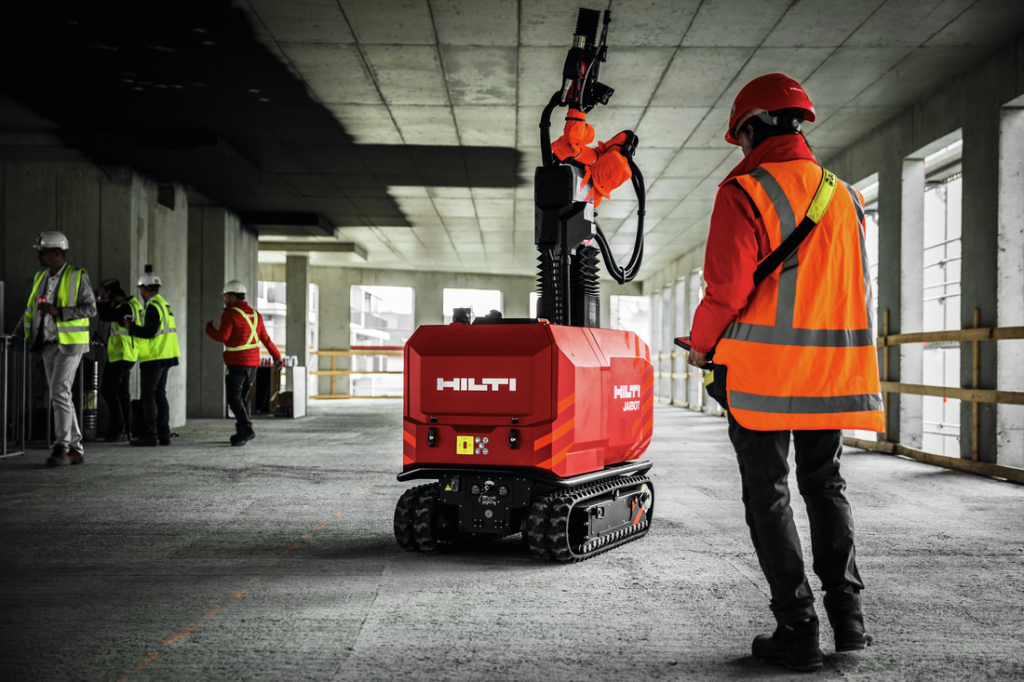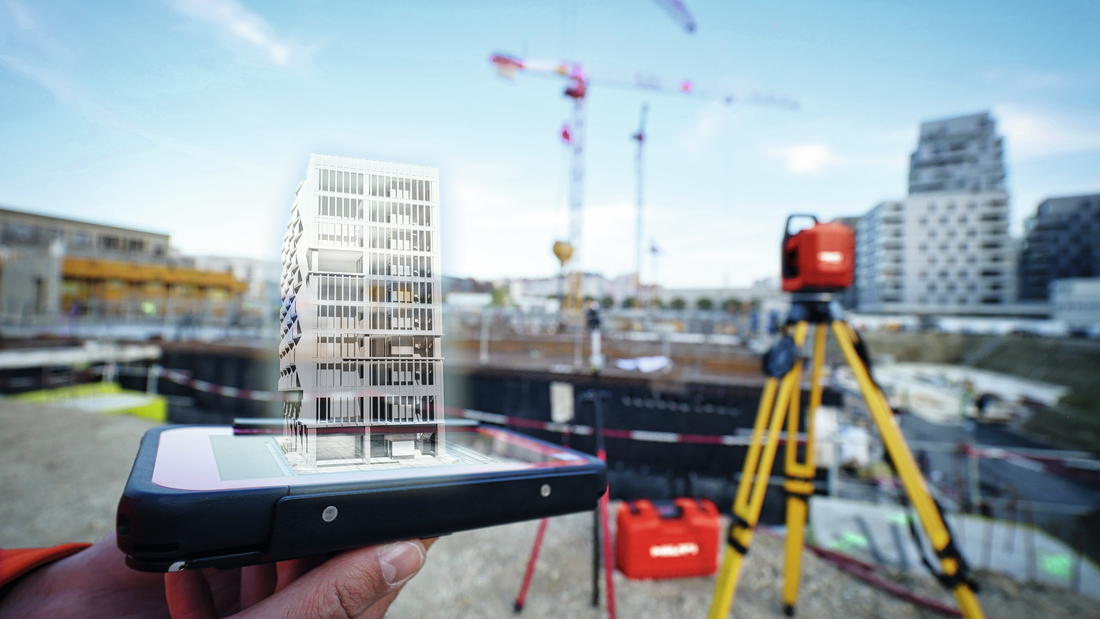Construction and building maintenance company Hilti is exploring innovative ways of using BIM to unlock additional benefits.
Reduced project timelines, lowering costs of labour and materials used and providing interoperability between design and construction teams are just some of the well-documented benefits of using Building Information Modelling (BIM) data.
Engineers will often rely on BIM to visualise projects in 3D and improve the accuracy and efficiency of designs for speed of construction.
Given these benefits, it’s no surprise that the use of BIM in construction has grown significantly over the past decade in Australia. While typically, BIM has been part of the remit for larger construction companies, subcontractors and services firms are starting to use BIM too.
As part of digitising the construction process, companies such as Hilti are now uncovering other ways to use BIM data and reap additional savings across time, materials and labour costs beyond just using BIM for structural design. The company prides itself on creating products that help to make construction safer, faster and simpler.
BIM-powered robots
In 2020, Hilti introduced the Jaibot, a mobile semi-autonomous robot that uses digital data such as BIM models to drill holes for anchoring into ceilings safely. Usually, this type of overhead work comes with higher risk to workers as it can be challenging and strenuous.
When done manually, the overhead drilling work can potentially increase exposure to crystalline silica and dust, as well as posing potential for incorrectly drilled holes – for example, drilling at an angle rather than perpendicular to the surface.

The Jaibot reduces construction time, improves efficiency and lets workers focus on guiding the robot through a remote control system that doesn’t require special skills or a license based on formal training. It’s a safer, faster and more accurate way to complete overhead drilling tasks.
“We’re excited to see what Jaibot can do on the ground here in Australia. We’ve recently sold our first units to a South Australian carpentry firm and are now preparing Jaibots to deliver other projects locally,” says Kristina Watson, Head of Engineering at Hilti Australia.
The Jaibot has enabled the South Australian firm to move from having a crew of three people manually drilling less than 100 holes a day, to a single operator using the Jaibot and drilling approximately 300 holes per day.
“BIM data allows customers to actualise further savings during execution and extend benefits beyond the structural building elements we typically model with BIM,” says Watson.
Adding BIM for building services
HVAC, electrical and mechanical systems are typically configured separately once a structure is complete and typically don’t utilise BIM data to install.
The clash of unplanned service runs the risk of causing significant delays, requests for redesign and cost for re-work as well as additional material.
However, by including these services early in the design process with BIM, they can share support infrastructure and reduce clashes between the services.
Hilti recently delivered a data centre project in Singapore that used BIM to create shared modular overhead support systems for services and reduce the space by half compared to the traditional method of keeping them separate.
The shared overhead support structure used 67 per cent fewer materials for supports and anchors, saving 40 per cent on costs. The design also reduced installation time to a quarter of the original estimate.
“There are benefits of adding these services into BIM early for structural engineers, allowing them to model and ensure compliance to design. It also helps to achieve certification for the services components which ensures a higher level of safety for the building,” says Watson.
Hilti’s design services, including pre-planning and design support, can help to achieve space and material savings and result in a reduced possibility of clashes and unplanned changes or redesign required on site.
“While BIM does add some budget considerations early on that many subcontractors are not used to seeing, the benefits throughout a project are quite clear. As BIM becomes more prevalent throughout construction in Australia, we expect to see more companies exploring just how far digital building can take them.”
To learn more about Hilti BIM solutions and how they can be used across building services, sign up to Engineers Australia’s Thought Leaders Series webinar on 9 November.




